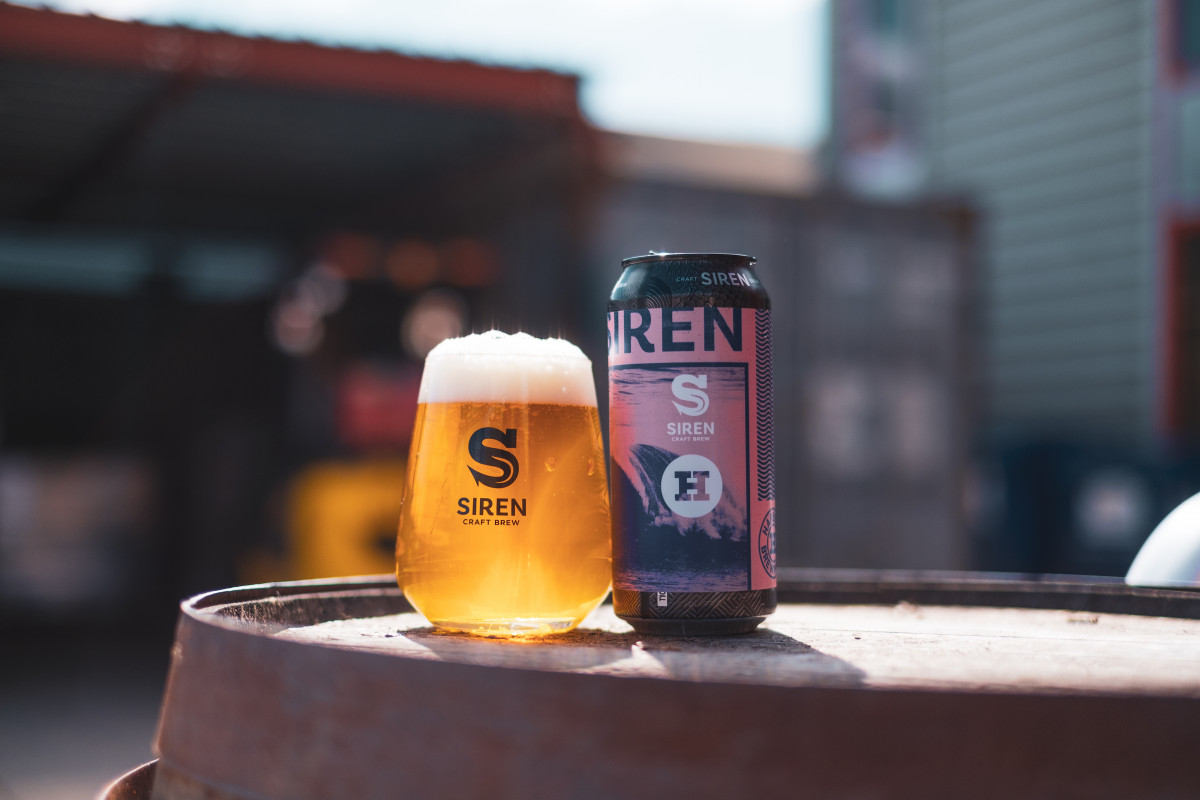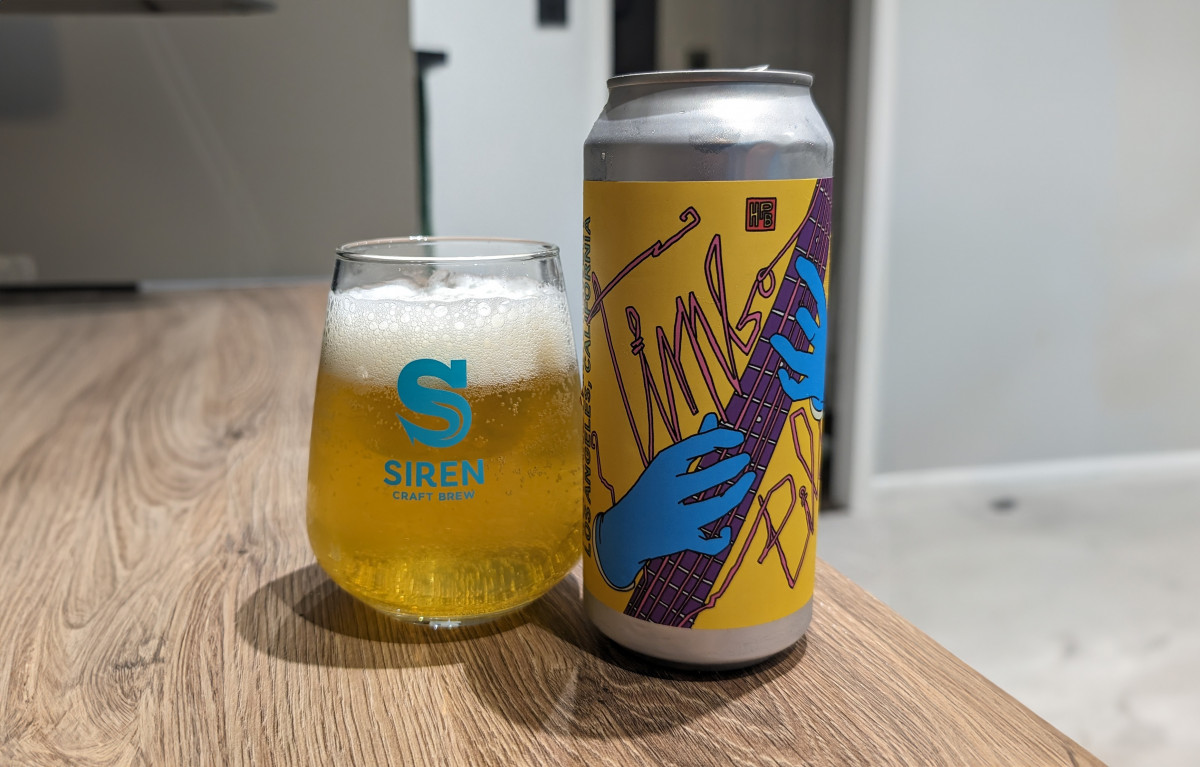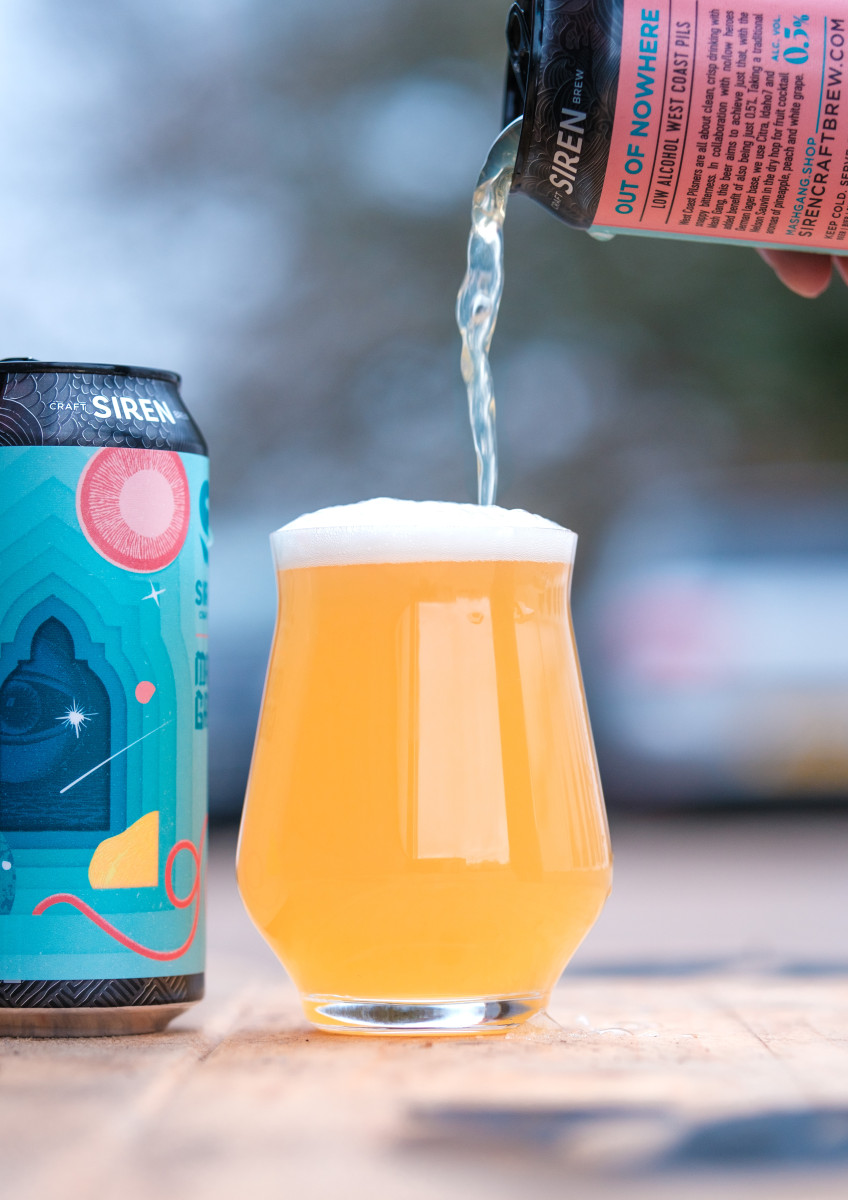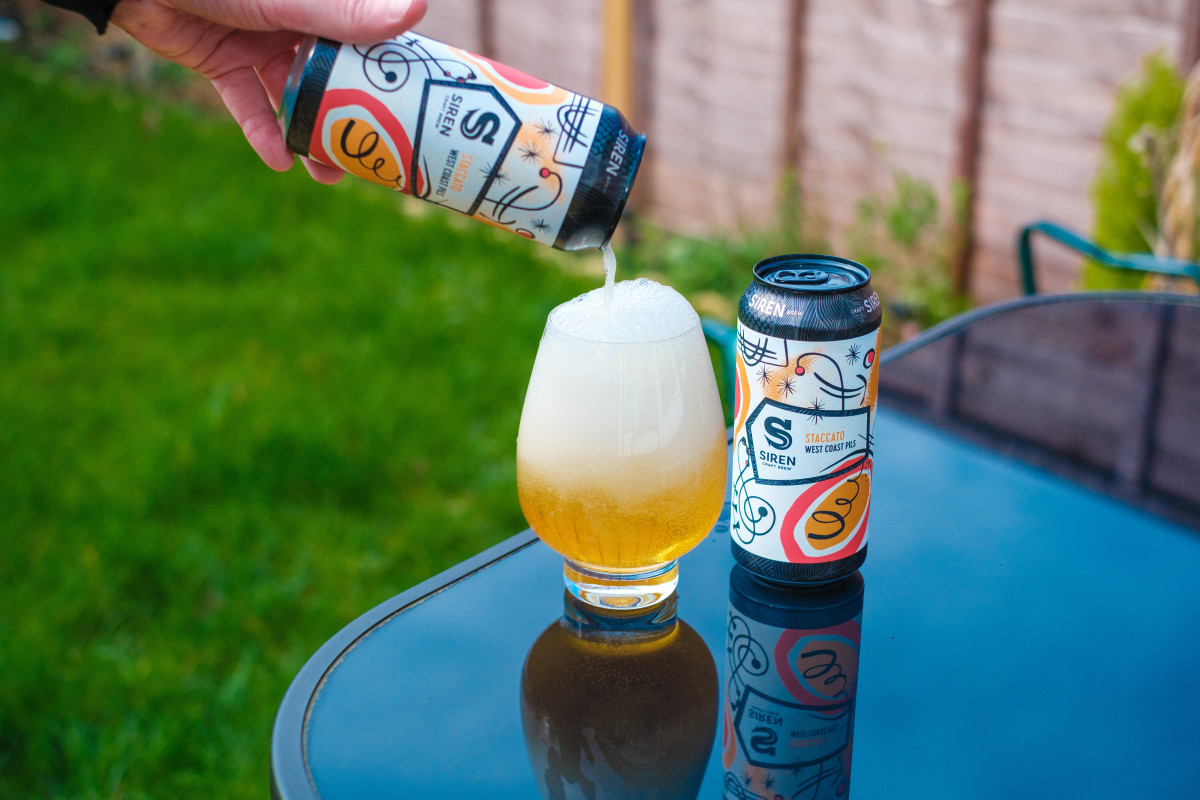We have all had to adapt to new behavioural habits like contactless payments and the never ending onslaught of digital content. In the same way, beer styles have had to develop as our tastes change, techniques improve and love of experimentation blossoms.
Today we’re looking at West Coast Pilsners. Not a new style by any means, but one that’s defining its place in an increasingly hop-saturated market.
Over the last few years, breweries have been playing fast and loose with IPA, to the point of confusion amongst some over what styles are valid, and what styles do, or should exist. In our opinion, expanding our communal horizons is welcome, and new styles and new takes are all part of beervolution, and what makes this scene so great.
So with that in mind, what exactly is a West Coast Pilsner, and why is it not an India Pale Lager (IPL) or Cold IPA?

Our Cold IPA collab with Harbour.
Timbo Pils
Back in 2016, Tim McDonnell and Bob Kunz, brewers from Highland Park Brewery in LA were looking for something special to fill a cask for a festival. With a West Coast IPA and their house Pilsner in tank, they decided upon a 50/50 blend of the two.
With the resulting beer delighting not just Bob and Tim, but everyone else who tried it, they set upon brewing that beer as a thing to itself, with the crisp refreshing backbone of a pilsner, and the hoppy characteristics of a classic West Coast beer.

The result was Timbo Pils, widely recognised as the birth of the modern West Coast Pilsner. The beer is built with a classic German Pilsner base, using a light malt bill and German hops. It was then loaded with a dry-hopping of Mosaic and Citra hops giving it intense hop aroma and a snappy, refreshing nature, that makes it incredibly drinkable.
Crystalline Expression of the Hops
Cut forward a few years and our head brewer, Sean, is in conversation with Evan from Green Cheek. We were planning our first collab together, which would become our first California IPA - a style we have since completely fallen for and continue to brew on a regular basis.
The concept here was a purely crystalline expression of the hops. Evan’s approach to IPAs is that hops should be the main event - everything else is designed to put the hops front and centre. For example, a really light malt base allows the hops to shine.
With a West Coast Pilsner, it takes this approach even further using lager yeast coupled with a light malt base to create a clean, crisp fermentation profile. This gives the hops even more space to impart big, snappy flavours and aromas.

Hops wise, there’s a key difference to Cold IPA or IPL in the hot side hop additions, when the wort is still in the “boiling” phase. Instead of using new world hops, we layer in low-alpha German hops, which produce far less bitterness. This means that we can use more physical hop material without risking the beer becoming overly bitter. This gives the beer more structured mouthfeel, which is important as we brew these beers to be under 6% ABV.
And so back to the question of why and how this is different from beers like Cold IPAs or a IPL/Hoppy Lager. The answer lies in the minor details. ABV could be a factor here, as an IPL will generally have a higher ABV, whereas under 6% would be more suitable for a Pilsner.
Also, as mentioned, it’s the use of specifically low-alpha German hops in the hotside. Cold IPA would most likely use new world hops in the boil, and that could be the only real difference.
Cold IPA, as the name suggests and by definition, is an IPA. One key difference from a WCP is that they will often use Maize or Rice to set up a really light malt base, whereas the Pilsner will only use the German hops to build structure. However, Cold IPAs do use lagering techniques such as colder fermentation “Cold IPA is always with lager yeast” (and in some cases even uses lager yeast). Using Lager Yeast is another great way to minimise yeast esters, helping to create that clean base for hops to shine. This is one technique that is, depending on how you look at it, helping West Coast beers to evolve, or further blur the lines of conventional beer categorisation.

There are a myriad of styles out there now, with all sorts of sub-categories of more familiar styles. Some of the “newer” styles stand the test of time, some fade away and some evolve. When was the last time you had an IPL? It doesn’t seem to have stuck around as a concept. Cold IPA, whilst not as popular as the immediate hype might suggest, does seem to be standing the test of time, but we think the West Coast Pilsner will continue to thrive. It’s a great way for brewers to let hop ingredients do the talking.
A Short Q&A with Sean
To round this out, I sat down briefly with our head brewer, Sean to get his word on West Coast Pils, the techniques, the possibilities, and why it’s a style he’s so excited about.
Q - When did you first come across the term/style “West Coast Pils”?
SEAN - Through Evan at Green Cheek, and I then tried Timbo Pils in America and loved it.
Q - Who are the breweries and what are the beers to look out for, who are leading the drive for these beers?
SEAN - In American, certainly Green Cheek, Highland Park, Firestone Walker and Northpark Brewing, but there’s some great examples in the UK from the likes of Burnt Mill / New Barns / North.
Q - For the sake of asking, could you do an East Coast Pils?
SEAN - It’s been done, but I don’t think we would try that. In my view it’s two conflicting things. The mouthfeel of a WCP is that crisp, snappy nature of a pilsner, which doesn’t work for the pillowy soft nature of an East Coast Beer.
Q - What hops are you looking forward to experimenting with in this style?
SEAN - Nectaron, for one, but I think some of the new New Zealand hops could work really well in this. I’d love to do a West Coast version of Piha Pils.
Q - What do you think about the evolution of beer styles?
SEAN - Beer styles will always evolve as new ingredients and techniques get discovered. I think it’s important to embrace these and experiment with in styles to keep things interesting and fun. A lot of traditional styles and techniques are the building blocks for us brewers to be creative and maximise the flavours we can get from our ingredients.
Q - What’s the water profile like for this - are you more sulphite heavy, akin to a classic West Coast?
SEAN - Actually no, it’s a pretty flat profile, closer to a pilsner profile. It’s pretty much 1 to 1 of sulphates and chlorides.
And so to wrap up, just like Charles Darwin set off in The Beagle on a voyage of discovery, so should you aim to expand your horizons with some new styles. Enjoy!

